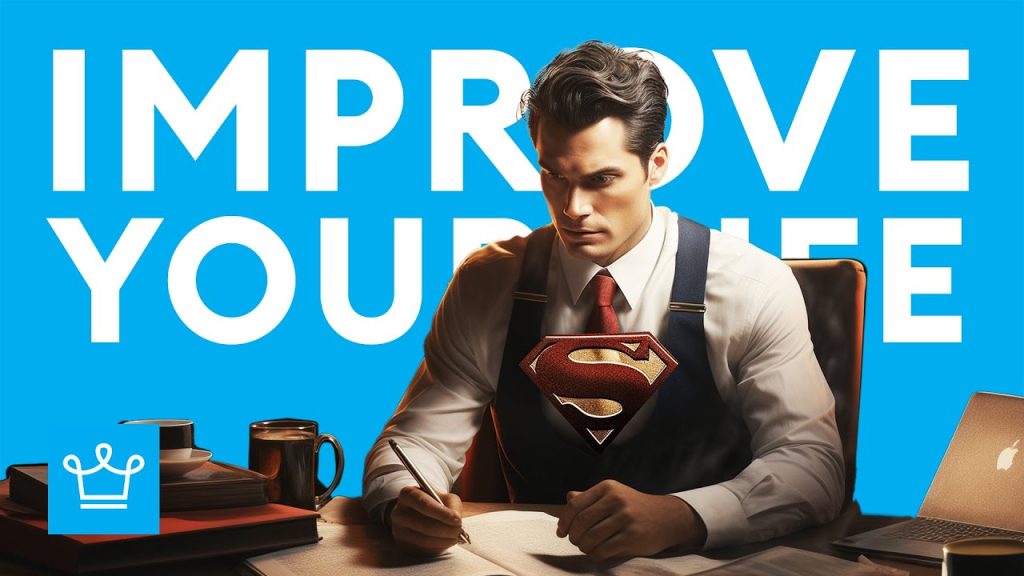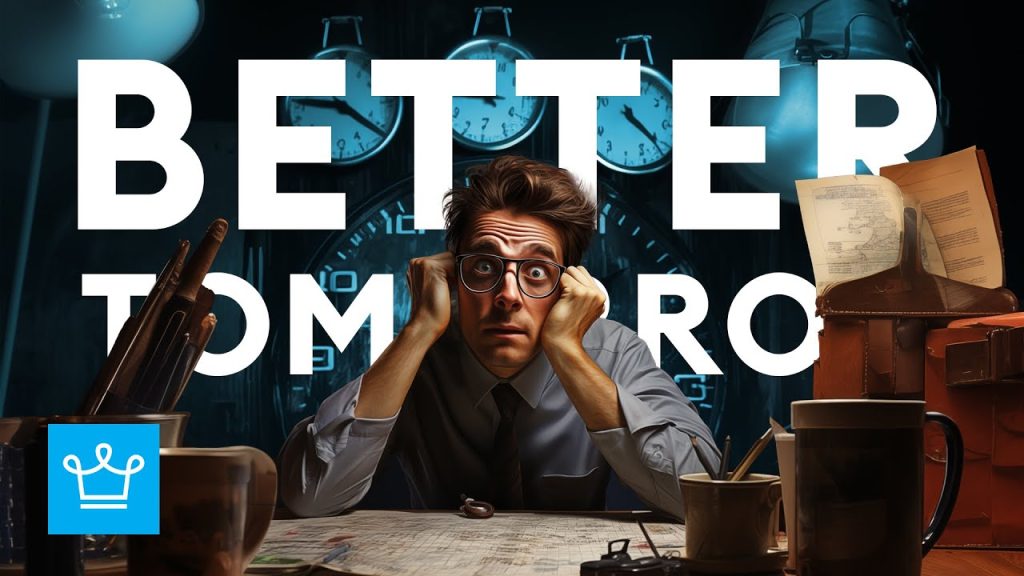You Never Know When Your Business May Suffer a Loss. These Companies Were So Far Gone, the State Had to Bail Them Out.
If you thought it was embarrassing getting your parents to bail you out, can you image what it must feel like for some of the most powerful companies in the world to ask for a loan?
These companies have been affected by financial crisis, stock market crashes, recessions, and the coronavirus pandemic.
Welcome to Alux.com – the place where future billionaires come to get inspired. If you’re not subscribed yet, you’re missing out.
You’ll be bailing on this article before reaching the end since it’s so long. Switch over to the video version of this article:
With that said, let’s bounce back to the article.
10
Amtrak – $1 Billion
Covid hasn’t been kind to business and with people staying at home, Amtrak has been under huge financial strain.
Amtrak has been around since 1971 and end 2018, was transporting close to 32 million passengers yearly. Congress has already given Amtrak a $1 billion bailout after daily ridership fell 96%.
Amtrak hasn’t been making a profit since it started, as pointed out by Frank Hill for nsjonline.com. He said, “There is $1.5 billion in this bill for AMTRAK. AMTRAK has never been profitable since inception in 1971. COVID didn’t cause current problems at AMTRAK; AMTRAK structure and management has always caused problems at AMTRAK.”
Amtrak still needs $1.5 billion in funding and confirmed they would cut costs by $500,000 to receive the additional funding.
9
Adidas: $3.3 Billion
Adidas has gone through a lot lately. They’re planning to sell the struggling Reebok brand which they purchased 15 years ago, in the hope of rivalling Nike. Despite investors advising them to pull the plug on Reebok, it’s only now coming to pass.
Adidas has encountered massive dips in sales, citing the virus and supply chain problems as the reason.
The German government has loaned the struggling brand $3.3 billion, with a clause in place. Business of Fashion reported, “One of the conditions of the syndicated loan is that the company suspends dividend payments for the duration of the loan.”
Adidas was allegedly not keen on suspending the dividend payments and were looking at other alternatives.
Aluxers, we’ve got plenty of diverse content on our channel – be sure to subscribe so you don’t miss out on anything.
If you’re interested in knowing about the history of Adidas, check out The Enemy Brothers Who Founded Adidas and PUMA.
8
Fiat Chrysler Automobiles: $7.1 Billion * $1.5 Billion
We highlighted the huge success that Chrysler was in our video, 10 Companies Who Managed to Make A Comeback.
Founded in 1925 by Walter Chrysler, the brand enjoyed decades of upward trends since inception. However, the US automaker had several challenges along the way that almost saw the end of the iconic brand.
The oil crisis, dwindling sales and foreign competition put Chrysler at jeopardy during the 70s. At that stage, government had to bail the company out with $1.5 billion.
Under the leadership of Lee lacocca, who had been fired by Ford in 1978, with Henry Ford citing, “Sometimes you just don’t like somebody,” lacocca became president of Chrysler. In 1984, lacocca and Chrysler recorded record profits of over $2.4 billion.
Later on in the article, we’ll tell you about another massive bailout that Chrysler was part of.
Fiat acquired 100% of Chrysler in 2014, and since Covid, Italy’s government has approved $7.1 billion emergency funding.
7
Airlines Industries Globally
Aluxers, with Covid, airline industries around the globe have taken a beating.
To highlight some of the biggest bailouts we begin with Air France – who received $7.9 billion. There is a condition in place with the loan, that they need to reduce their overall emissions by half for domestic flights by 2024, source 2% of their fuel sustainably and reduce their carbon intensity.
Airbus received $9 billion. Lufthansa got $10.1 billion and like Air France, also has conditions attached to the loan. They must give the German government a 20% stake in the business and cede take-off rights to competitors at their hubs in Frankfurt and Munich.
Delta Air Lines got $5.4 billion; United Airlines received $5 billion, and Cathay Pacific got $3.5 billion. For Italian airline Alitalia, Covid should have seen the end of the already struggling airline. But the Italian government injected $3.4 billion into the airline despite promising that they wouldn’t prop up the airline anymore. It’s now under state ownership.
Southwest Airlines received $3.2 billion, and KLM are in the process of finalizing their bailout package which will be between $2.3 and $4.5 billion.
6
American Airlines – Over $10 Billion Twice
It was chaos after the September 11 attacks that took place in 2001. Not forgetting the loss of human life, but purely for the sake of this article, the financial loss was huge.
For several days, air travel within the country was halted and subsequently, there was a sharp decline in ticket sales due to fear and new restrictions in place. All this cost the industry millions.
Congress had to act quickly and introduced the Air Transportation Safety and System Stabilization Act allowing them to grant $10 billion to help the airlines out. Over the course of 2 years, 7 airlines received a billion dollars each.
The years following 9/11 saw many changes taking place. America West and U.S. Airways merged into American Airlines. Frontier was absorbed by Republic Airways and ATA (American Trans Air), Evergreen International, Aloha Airlines, and World Airways all closed.
Did the money help save the Airline company? Most definitely – Zippian.com confirms that they are the largest airline in the world, “in terms of revenue passenger mile, scheduled passengers carried, and fleet size. The company operates nearly 6,800 flights each day between 350 destinations across more than 50 countries.”
Covid has also impacted negatively on the airline, and the government allotted $5.8 billion to them. However, they’ve since applied for additional funding of $4.75 billion.
5
Bear Stearns – $25 Billion
The Bear Stearns Companies, Inc. was a global investment bank, securities trading and brokerage firm that went bang in 2008 during the global financial crisis.
Before the global crash, Bear Stearns were issuing large amounts of asset-backed securities. And when investor losses grew, instead of holding back on granting loans, they increased their exposure.
It was the beginning of the end and the Federal Reserve Bank of New York gave the struggling firm $25 billion to try and avoid the company from collapsing. Unfortunately, it wasn’t enough to save the failing company.
Bear Stearns was sold to JP Morgan Chase for $10 a share, which was way below it’s $133.20 per share before the crisis.
4
Citigroup and Bank of America – $45 Billion Each
These two banks received an astronomical amount of money from TARP, each receiving in the region of $45 billion. Reports do vary in terms of the actual amount each bank received, but what wasn’t varied is the general vibe of why seemingly healthy banks were able to secure such enormous bailouts.
As reported by prorepublica.org, “Two top watchdogs over the government’s financial rescue programs told senators Thursday they would examine how two troubled banks, Citigroup and Bank of America, were included in the first round of the bailout intended for “healthy banks.”
And as fastcompany.com added, small business owners are asking “What About Me?”
Covid has brought similar sentiments from small business owners, struggling to make ends meet, while big corporations are securing bailouts and loans as quickly as Boris Johnson changes lockdown rules.
3
Automobile Industry – $85 Billion
Aluxers, we mentioned that Chrysler was involved in another bailout and it formed part of the massive bailout the automobile industry was given between December 2008 and December 2014.
GM, Ford, and Chrysler were the 3 recipients of the bailout. General Motors Company and Chrysler LLC said if they shut doors, more than 1 million people would lose their jobs. Ford had already cut costs, so didn’t need a huge amount of money but asked to be included so they wouldn’t have to compete with companies that were granted billions in bailout.
2
AIG – $180 Million
American International Group, Inc. operates in more than 80 countries and jurisdictions, employs over 45,000 people and was founded in 1919.
The insurance and financial giant were severely affected by the recession through them taking on billions of dollars of risk through mortgages. Not only did AIG experience their own massive loss, but they had to pay out billions in claims.
Government stepped in with the bailout as they were afraid that if AIG crumbled, it would have a ripple effect on other financial institutions.
Because of this, AIG earned the tag – Too Big to Fail. This liner was used in 1984 when the Continental Illinois bank went under. The Continental Illinois bank held that title until the failure of Washington Mutual in 2008 during the financial crisis.
Andrew Ross Sorkin wrote a book about it called “Too Big To Fail,” which you can listen to for free on Audible.com – remember to claim your book – alux.com/freebook.
The difference between AIG, the Continental Illinois bank and Washington Mutual is that AIG recovered and is now the 87th largest company in the world.
1
Fannie Mae and Freddie Mac – $116 Billion to Fannie Mae & $71 Billion to Freddie Mac
Fannie Mae and Freddie Mac are federally backed home mortgage companies. Both institutions buy and guarantee mortgages through lenders in the secondary mortgage market.
Up until the 1990s, both organizations practically monopolized the secondary mortgage market until new legislation was brought in.
Fannie Mae was created in 1938 to help families and individuals purchase properties. As Investopedia explains, “to provide a reliable, steady source of funding for housing. It brought a new type of mortgage to the market: the long-term, fixed-rate loan with an option to refinance at any time.”
To increase competition in the secondary mortgage department, the government privatized Fannie May and created Freddie Mac in 1970.
Several reasons led to the 2 entities dropping in value by 90% in 2008. To keep the companies going and to continue offering loans to people to secure homes, Fannie May received $116 billion, and Freddie Mac received $71 billion.
By 2018, the companies had paid back over $300 billion!
Question:
Aluxers, what is your take on bailouts? Do you think that big corporates take precedence over small business owners? We’d love to hear your thoughts.






